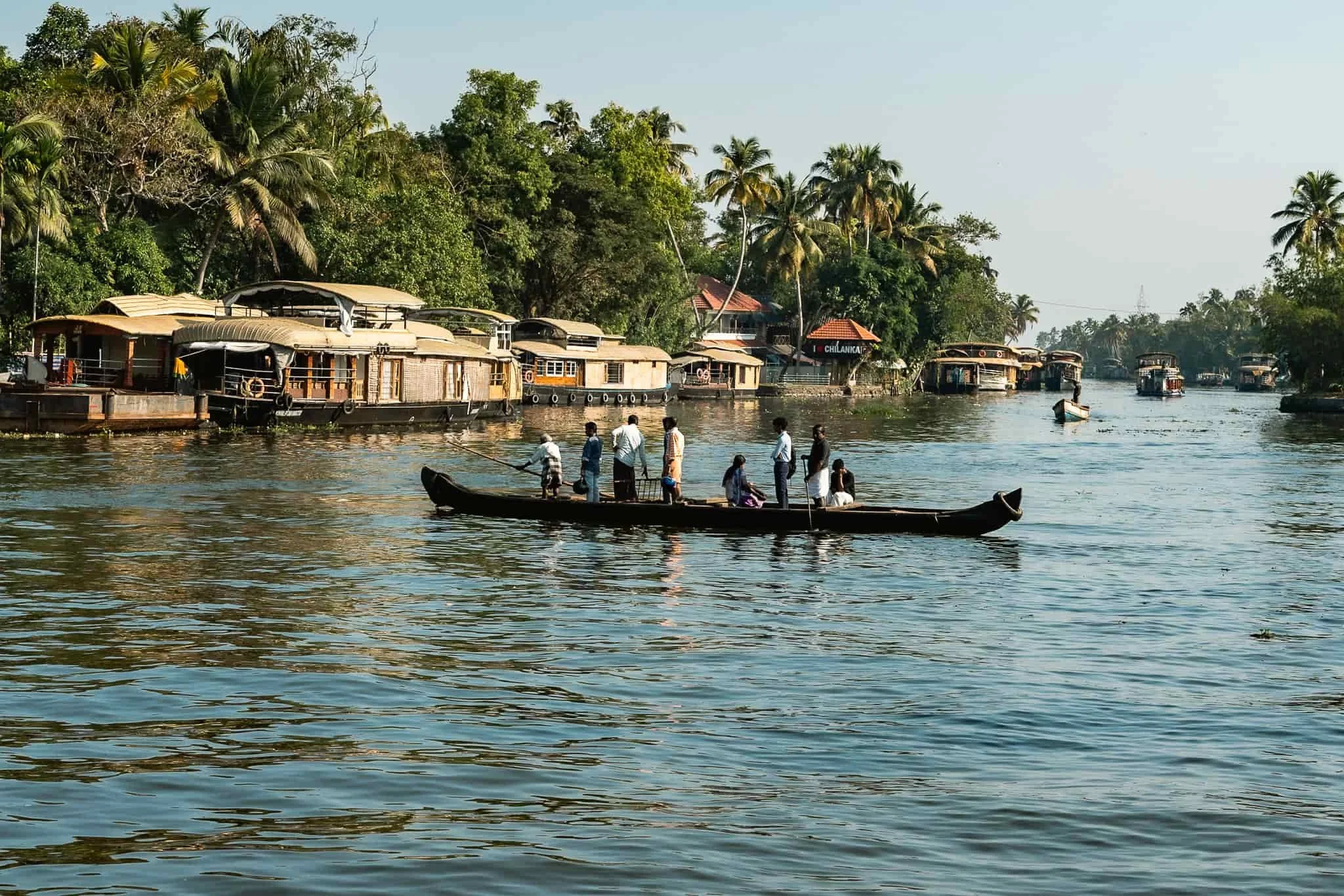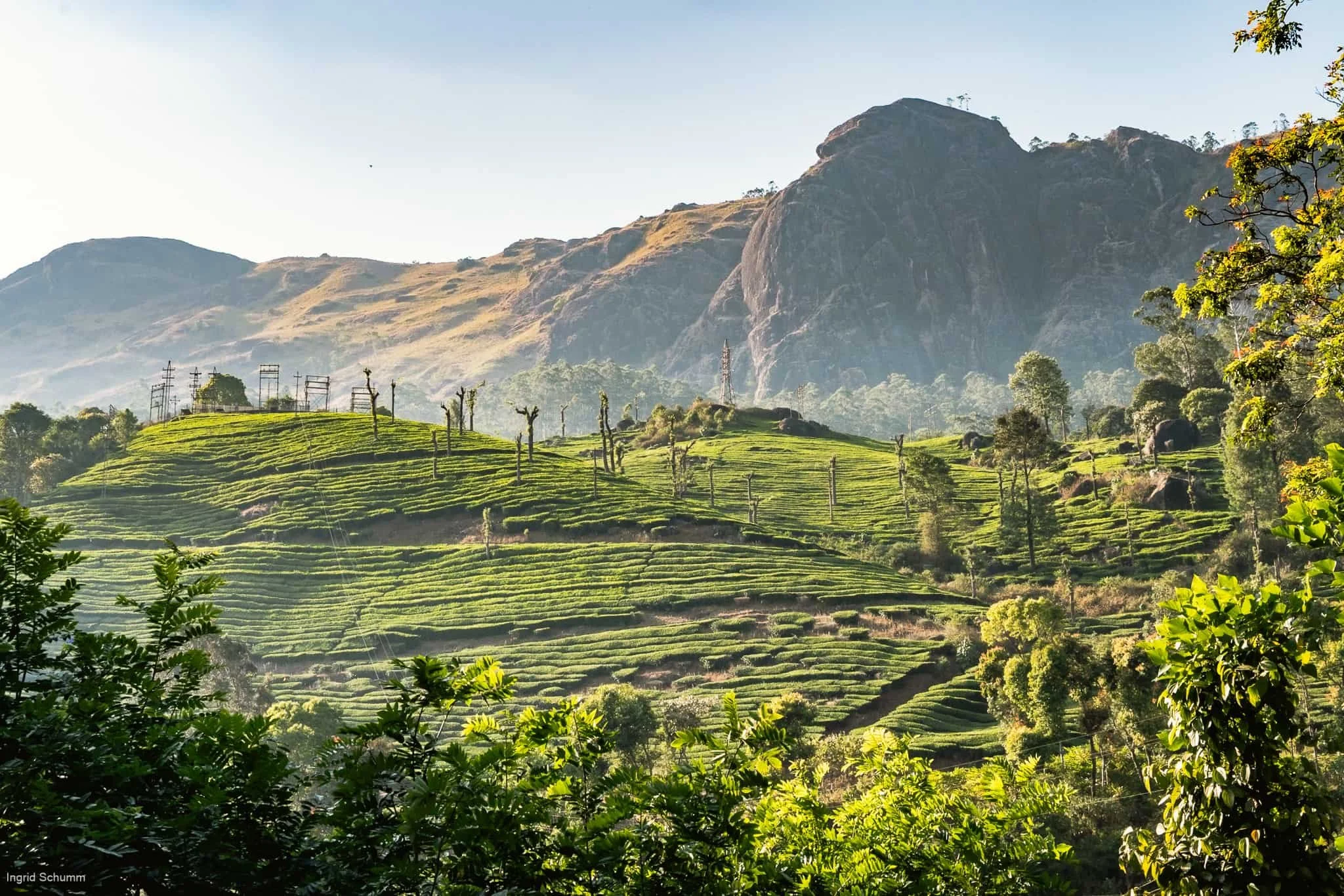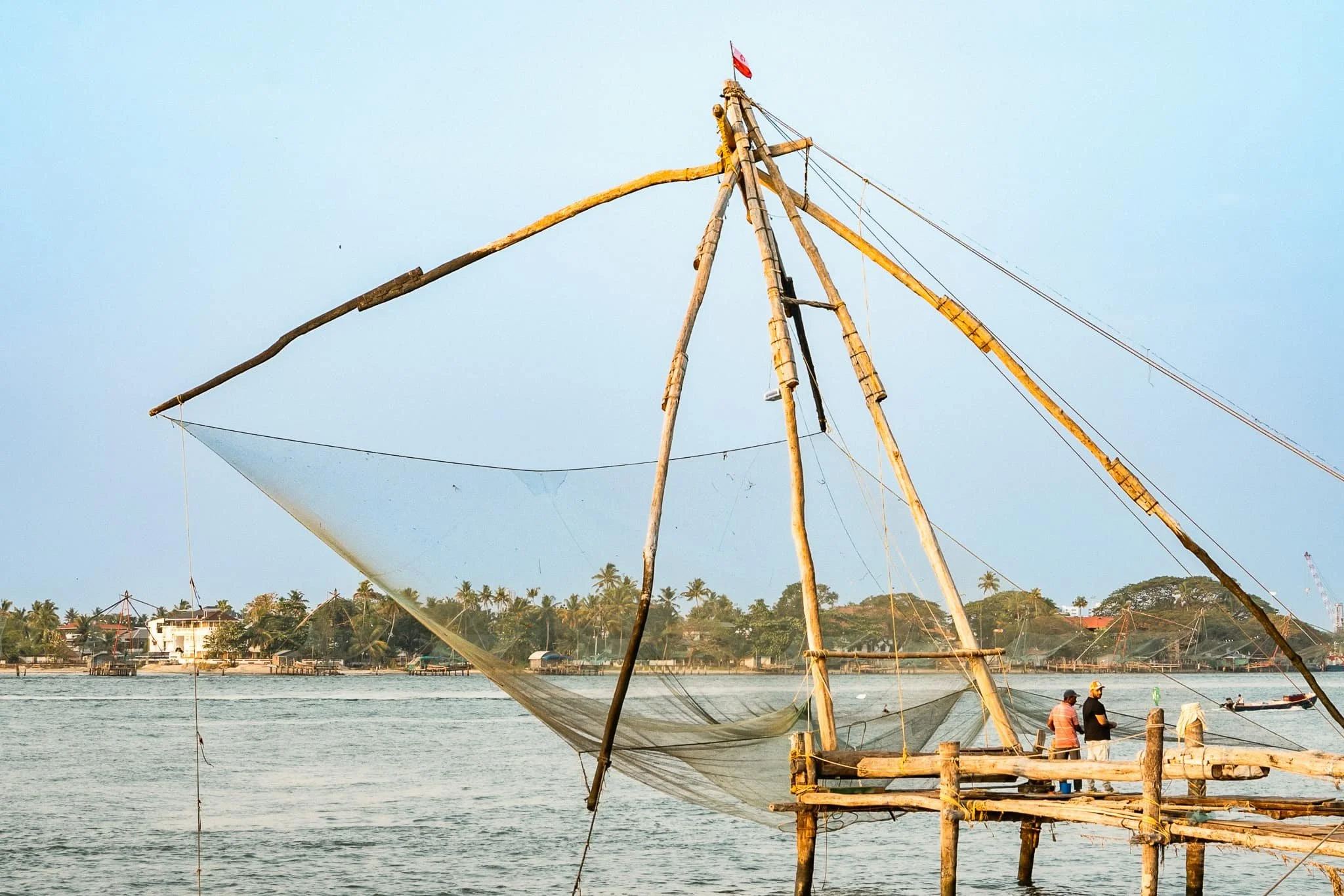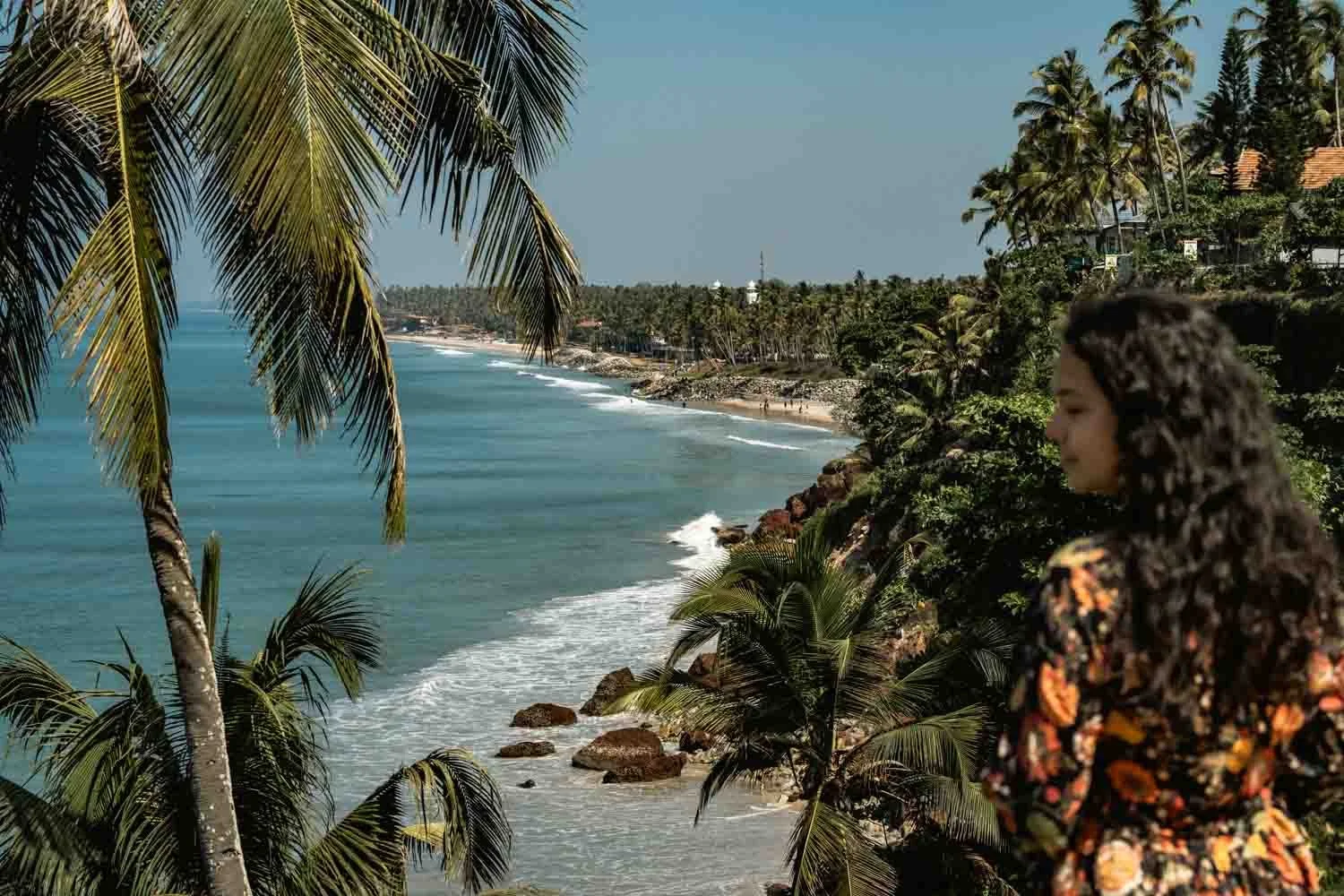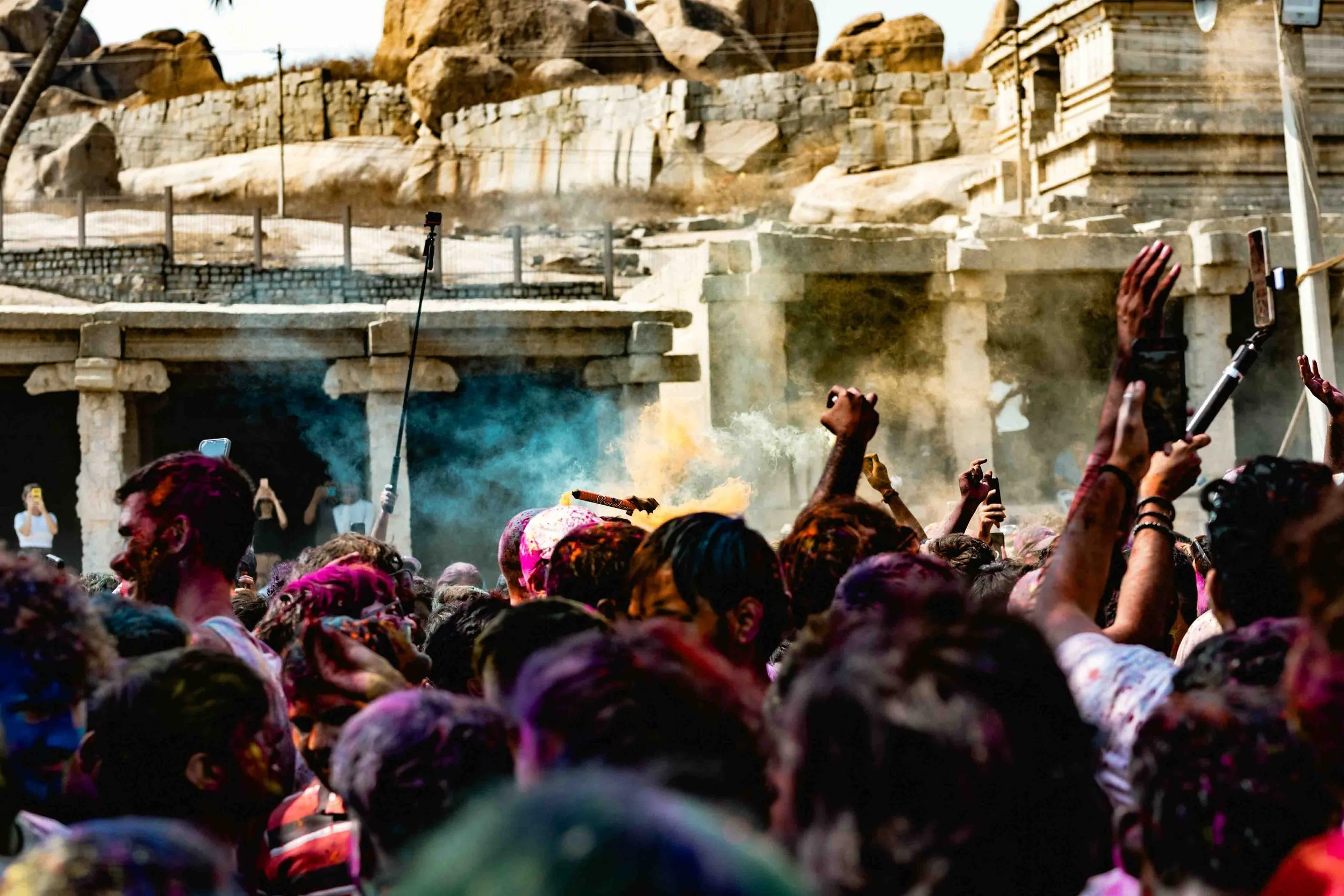Uncover the Past: Top Places to Visit in Hampi’s Ruins
Hampi is a must-visit Destination IN SOUTH INDIA, known for its rich heritage and historical significance. With incredible palaces to explore, stunning ruins, and vibrant temples, it's a perfect spot for sightseeing, offering a personal journey through India's glorious past.HOW MANY DAYS | 2 - 3
BEST TIME TO VISIT |
Nov - Feb
WHERE TO STAY |
Anu Paradise Hampi
TOP THINGS TO SEE |
Virupaksha Temple, Vittala Temple, Lotus Mahal, Elephants Stable
HOW TO GET AROUND | rent a scooter or bicycle, take a tuk-tuk tour
From the moment we arrived in Hampi, it felt like stepping into another world—ancient ruins, massive boulders, and a beautiful landscape. Wandering through centuries-old temples, watching sunsets from rocky hilltops made this place unforgettable.
What impressed us the must of Hampi’s architecture is its network of aqueducts and canals that were built to provide water to the buildings, tanks, baths and temples during the ancient days. It is spectacular to see temples and deities in water.
In this guide, we’ll share everything you need to know—must-see spots, general and safety tips to make your trip just as magical as ours.
✈︎ Wondering how to make the most of your India trip? Our India Travel Essentials have you covered with detailed guides, packing tips, and more.
HOW MANY DAYS FOR HAMPI?
You can spend two full days to see the main highlights. There are plenty of ruins to explore, so if you'd prefer a slower pace or want to visit less well-known ruins, you can add more days.
WHERE TO STAY IN HAMPI?
Where you stay in Hampi can really shape your experience, as the atmosphere is very different on each side of the river. On the Hampi Bazaar side, you're right in the heart of the heritage zone—ideal for early morning strolls among the ruins and easy access to the main sights. Accommodation here is generally simple but convenient.
Across the river, in the area often called “Hippie Island,” you’ll find laid-back guesthouses set among rice paddies and giant boulders. It’s a peaceful spot with a more social, backpacker-friendly vibe.
BUDGET | Saptami Hampi Homestay
COMFORT | Anu Paradise Hampi
RESORT | Evolve Back Hampi
HOW TO GET TO HAMPI?
Fitting Hampi into a travel itinerary through India can take a bit of effort, as it’s quite remote and far from other major tourist hubs. But if you're up for the journey, there are a few reliable ways to reach this incredible destination.
The nearest railway station is Hospet Junction (Hosapete), located about 13 km from Hampi. You’ll find regular train connections from Bangalore, Hyderabad, and Goa. From Hospet, it’s a short tuk-tuk ride (around ₹300) or taxi to the Hampi temple area.
If you’re flying in, the closest airport is Jindal Vijaynagar Airport (VDY), roughly 40 km away. It’s a small airport with limited domestic flights operated by Alliance Air, from Bangalore and Hyderabad. Taxis are available at the airport (₹2000), with counters just outside the terminal.
You can also take overnight buses to Hospet from cities like Bangalore, Hyderabad, or Goa. They’re a budget-friendly and surprisingly comfortable option, especially if you're trying to save on accommodation for a night.
BUS | Book your bus ticket through 12go here.
AIR | Reserve your flight through MakeMyTrip here.
HOW TO GET AROUND HAMPI?
On both sides of the river—Hampi Bazaar and Hippie Island—you can rent a bicycle or scooter, or hire a tuk-tuk driver for the day if you prefer a more relaxed way to explore. Most guesthouses can assist with rentals or recommend local drivers. To travel between the two sides, you can either take the longer route via Bukkasagra Bridge (around 45 minutes) or hop on the small passenger ferry, which also allows bicycles. Prices and departure times can vary.
PRICE |
₹600 | €6 | US$7 scooter per day
₹250 | €3 | US$3 bicycle per day
₹1700 | €18 | US$20 tuk-tuk driver per day
₹1200 | €13 | US$14 tuk-tuk driver per half-day
eSIM | Stay online while exploring Hampi without paying high roaming fees with our go-to eSIM from Saily.
WHEN TO VISIT HAMPI?
The best time to visit Hampi is between November and February, when the weather is cooler and more comfortable for exploring the ancient temples and stunning landscapes. However, if you want to experience the vibrant colors and festive spirit of Holi, we highly recommend visiting during this festival in March. Check out our detailed guide for an unforgettable Holi celebration in Hampi!
READ | Why Hampi Is a Must-Visit for Holi: A Traveler’s Guide
Planning your next holiday?
When you make a purchase through our links, you support us without any extra cost to you.
Your support means the world to us!
FIND HOTELS | Booking.com
FIND FLIGHTS | Kiwi.com
GET TRAVEL INSURANCE | HeyMondo (get 5% off)
BOOK TOURS & ATTRACTIONS | Viator
BOOK A BUS / TRAIN / TRANSFER | 12Go
GENERAL ADVICE & SAFETY TIPS
Compared to other parts of South India, we didn’t feel quite as safe in Hampi. While nothing happened to us directly, there were moments—especially on deserted roads or quiet paths—when we felt uneasy. Security presence is limited, particularly between major sites and in less populated areas, which added to our discomfort while exploring alone on a scooter. Still, with a few simple precautions, you can enjoy this beautiful destination more confidently:
Start your day early and take a longer break during the hottest hours
Check the opening hours of the sites beforehand, they vary slightly
Hampi is hot, dry and dusty. If you’re sensitive to these conditions, bring a mask or a tie up your hair.
Avoid isolated areas, especially after sunset, and don’t travel alone at night.
Explore with others whenever possible—it’s safer and more fun.
Limit cash and valuables, especially when traveling solo.
HAMPI’S TICKET TEMPLES
Some of Hampi’s most impressive historical sites require an entrance ticket, which grants access to the Elephant Stables, Lotus Mahal, Vittala Temple, and the Archaeological Museum. This ticket is valid only for one day.
ENTRANCE FEE | ₹600 | €6 | $US6 for foreigners
Vittala Temple
This is one of the largest and the most famous structures in Hampi. The temple is dedicated to Lord Vitthala, an incarnation of Lord Vishnu. It’s home to one of only three stone chariots in India, which is like nothing we’ve ever seen before. We spent over an hour going around and taking pictures of the intricate carvings. Inside the complex, the Mahamantapa (main hall) is especially impressive, known for its 56 musical pillars, each producing different tones when tapped. Though touching the pillars is no longer allowed, their craftsmanship remains one of the finest examples of Vijayanagara architecture.
To reach the temple from the main entrance, you can either walk or take a shared electric buggy (₹20 round-trip). We chose to walk the 15-minute path and were glad we did—it allowed us to discover smaller ruins along the way that many visitors miss. If you're up for it, just try to avoid midday heat, as the path offers little to no shade.
OPEN | 8:30 a.m. to 6:00 p.m.
Lotus Mahal
Lotus Mahal is one of the prettiest buildings in Hampi, with its flower-like shape and a mix of Indian and Islamic architecture. It’s located inside the Zenana Enclosure, which was once reserved for the royal women of the Vijayanagara Empire. You can’t go inside, but you can get really close and take in all the details—those delicate arches and carvings are seriously impressive.
OPEN | 8:00 a.m. to 6:00 p.m
Elephant Stables
Walking further, you’ll find the Elephant Stables—another standout spot in Hampi. This long row of domed chambers was built to house the royal elephants, and it’s one of the most unique structures we saw. The design is super photogenic, and the scale of it makes it easy to imagine how grand life must’ve been back then. Definitely worth a visit!
OPEN | 8:00 a.m. to 6:00 p.m
Archeological Museum
This small museum in Kamalapura is a great place to dive deeper into the history of the ruins. It showcases sculptures, coins, tools, and even a full model of the site to help you understand how it all once looked. We really wanted to visit, but unfortunately didn’t manage to fit it into our itinerary.
OPEN | 9:00 a.m. to 5:00 p.m
HISTORIC PLACES IN HAMPI
Virupaksha Temple
This UNESCO World Heritage site dates back to the 7th century and is dedicated to Lord Shiva. It’s the only ancient temple in Hampi that’s still actively used for worship, giving it a unique spiritual energy.
Inside the complex, you might spot Lakshmi, the temple elephant, offering blessings to worshippers in exchange for a donation. We personally chose not to take part, as we don’t support the domestication of wild animals—but we did enjoy watching Lakshmi bathe in the river nearby, which you can often witness in the early mornings.
TIP | Most tuk-tuk drivers are trying to get customers at the temple’s entrance. If you want to have a driver for the day, we advice you to come here first. There is a lot of competition, so you may get a cheaper price than somewhere else.
OPEN | 6:00 a.m. – 6:00 p.m.
Hampi Bazaar
Once a thriving marketplace during the Vijayanagara Empire, Hampi Bazaar was a hub for traders from across the world. Merchants sold everything from precious stones and jewelry to silk garments, livestock, and even horses. Walking through the remnants today, it’s easy to imagine the vibrant energy and cultural exchange that once filled these streets.
Lakshmi Narashima Temple
This striking 6.7-meter statue is the largest in all of Hampi—and you’ll definitely feel its presence as you walk up to it. Narasimha, meaning half-man, half-lion, is one of the ten powerful incarnations of Lord Vishnu. His fierce eyes and lion-like features were meant to protect devotees from evil.
Badavilinga Temple
Right next to the Lakshmi Narasimha statue, you'll find the Badavilinga Temple, home to the tallest Shiva lingam in Hampi, standing at 3 meters. It's housed in a small, open-roof chamber, which lets sunlight gently illuminate the stone structure throughout the day.
The base of the lingam is submerged in water, fed by old canals and aqueducts—symbolizing the holy Ganges flowing under Shiva’s power. While you can only see it through a fence, it’s still a peaceful and quietly impressive spot to take in.
Newsletter
Turn dreams into plans and get a monthly dose of wanderlust with our tips, guides & travel stories.
Achutaraya Temple
Built in 1534 AD, this lesser-known gem is dedicated to Lord Tiruvengalanatha, a form of Vishnu. The temple complex covers a surprisingly large area, yet it remains off the typical tourist path—when we visited, we had the place almost entirely to ourselves.
The sculpted pillars are full of intricate carvings, and the more you look, the more details you’ll discover. As you wander through the complex, you’ll also notice signs of decay and damage—reminders of the fall of the Vijayanagara Empire, visible in the walls themselves.
OPEN | 8:00 a.m. – 6:00 p.m.
Underground Shiva Temple
This hidden gem was one of our favorite finds in Hampi. As you descend into the temple, you immediately notice its unique atmosphere—filled with water, it has an almost eerie, mystical vibe. The sound of dripping water and the sight of bats hanging from the ceiling add a slightly spooky touch, making it feel like you’ve stumbled into a secret world.
OPEN | 8:00 a.m. – 6:00 p.m.
Queen’s Bath
Built during the Vijayanagara Empire, the Queen’s Bath was used by the royal women and is a fine example of Indo-Islamic architecture. Though parts of it have worn with time, the elegant details and ornate design still hint at the grandeur it once held.
Like other royal baths in Hampi, it was connected to an aqueduct system that provided a steady flow of fresh water—a clever feature that made this space not only beautiful but also functional.
OPEN | 6:00 a.m. to 6:00 p.m
Royal Palace
The Royal Palace covers a vast area of what was once the heart of the Vijayanagara Empire. Most of the buildings are now reduced to their foundations, but one structure, the Mahanavami Dibba, remains intact. You can climb to the top and get a stunning view of the entire area, imagining what life must have been like for the royal family as you gaze out over the sprawling grounds.
OPEN | 8:00 a.m. – 6:00 p.m.
Sunset at Sri Malyavanta
Sri Malyavanta offers a peaceful spot to watch the sunset in Hampi. The temple is still an active place of worship, giving it a peaceful and spiritual touch to the already stunning views. From here, you get a breathtaking panorama of boulders and the river.
There are two spots where you can enjoy the sunset. The first is directly through the temple itself. It’s easy to access, but it tends to be a bit crowded. The second, less-traveled option is to head past the temple and climb a bit up the rocks before you enter. This spot offers a more secluded experience with the temple in the foreground, and the view of the sunset feels almost magical, with fewer people around.
OPEN | 8:00 a.m. – 6:30 p.m.
PLACES TO VISIT IN ANEGUNDI (HIPPIE ISLAND)
Anjana Parvath (Monkey Hill)
We were brought to this temple for sunrise. It is also a great spot for sunset. To reach the top you have to go up some stairs. We needed around 20 minutes at calm pace and with short breaks. Some people walk this way barefoot, some wear shoes. We were a bit unsure on what was the correct thing to do.
The views of Hampi and the ancient ruins is stunning. The best views for sunsrise are from the glass platform.
The temple is dedicated to Lord Hanunman. The Hill is mentioned in the Ramayana, and it is believed that Lord Hanuman stopped here to meditate and perform penance during his journey. It is also where Lord Rama and Lord Hanuman sought blessings before embarking on important missions.
OPEN | 24 hours
Durga Temple
Close to Monkey Hill, the Shri Durgamma Devi (Durga) Temple offers a peaceful, spiritual atmosphere. It features a small pushkarini and a fort-like entrance, but the real highlight is Vali Cave (also known as Valikote or Bali Cave), about 300 meters uphill. The narrow path winds beneath massive boulders, with light filtering in from above—short but atmospheric.
Near the temple, you’ll also see devotees tying coconuts wrapped in colorful cloths to a tree, a local ritual that adds to the charm of this lesser-known spot.
Anegundi Village
Anegundi Village, just across the river from Hampi, is even older and known as the cradle of the Vijayanagara Empire. It’s a peaceful place with traditional homes, rural charm, and a strong cultural feel.
Highlights include the Gagana Mahal Palace, a simple yet elegant royal structure, and the Chintamani Math, a calm spiritual spot with river views. Anegundi offers a slower, more local experience of the region.
Sunset Point
Dont miss out on a sunset at this viewpoint during your stay in Hampi. A short 10-minute hike leads you to a hilltop offering panoramic vistas of lush rice paddies, rugged boulders, and the serene Tungabhadra River. As the sun sets, the sky transforms into a canvas of vibrant colors, creating a magical atmosphere.













